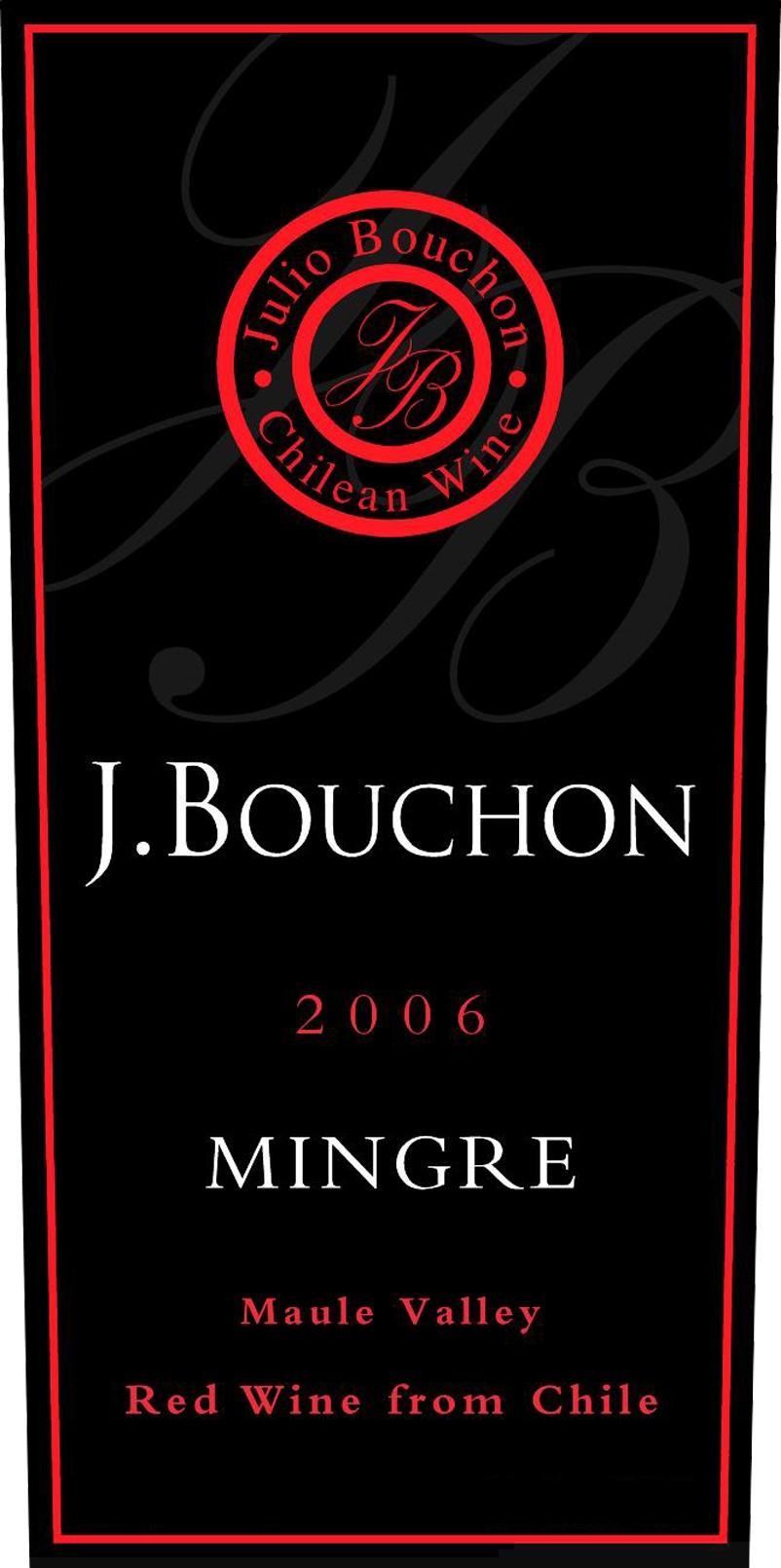2006 Maule Valley Red Blend
The 2006 J. Bouchon Mingre is a captivating red blend hailing from the distinguished Maule Valley, an area renowned for its rich history and diverse terroir. This wine exudes a delightful ruby hue, hinting at its vibrant profile. On the palate, it showcases a medium-bodied structure, balanced acidity, and fruit intensity that engages the senses with prominent notes of dark berries, complemented by subtle earthy undertones. The tannins are notably firm yet smooth, providing a harmonious backbone that enhances the overall experience. Enjoyable in its youth yet possessing the potential for further aging, this wine is a splendid representation of the expressive character found in the Maule Valley vineyards. It’s an excellent choice for those seeking a versatile, food-friendly wine that pairs beautifully with a variety of dishes.
The 2006 J. Bouchon Mingre is a captivating red blend hailing from the distinguished Maule Valley, an area renowned for its rich history and diverse terroir. This wine exudes a delightful ruby hue, hinting at its vibrant profile. On the palate, it showcases a medium-bodied structure, balanced acidity, and fruit intensity that engages the senses with prominent notes of dark berries, complemented by subtle earthy undertones. The tannins are notably firm yet smooth, providing a harmonious backbone that enhances the overall experience. Enjoyable in its youth yet possessing the potential for further aging, this wine is a splendid representation of the expressive character found in the Maule Valley vineyards. It’s an excellent choice for those seeking a versatile, food-friendly wine that pairs beautifully with a variety of dishes.




